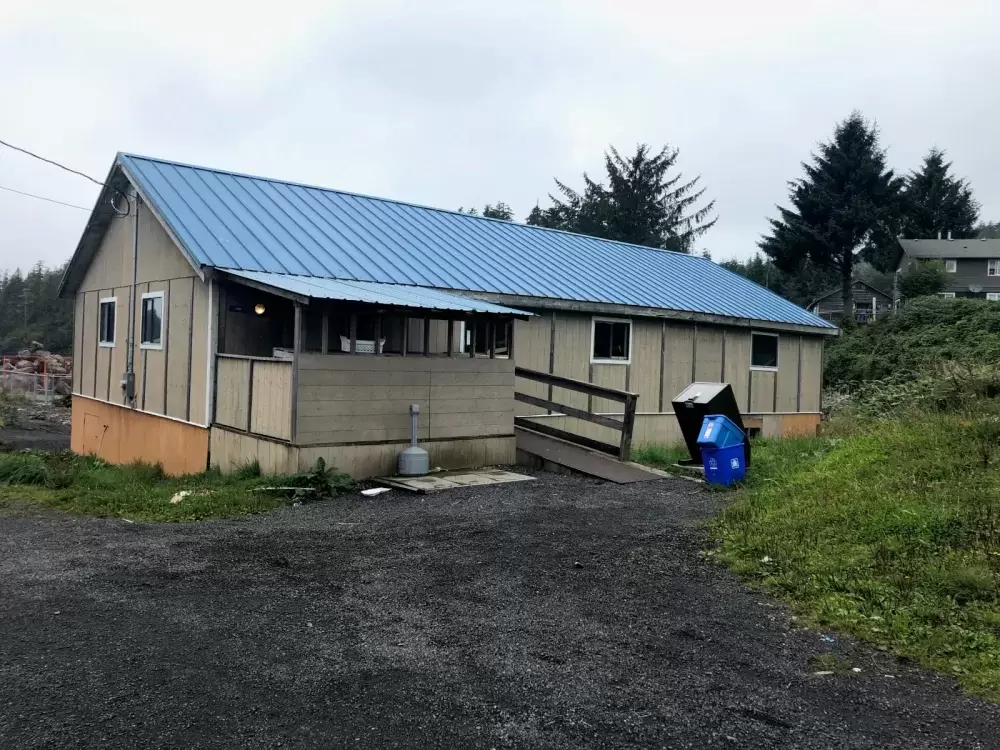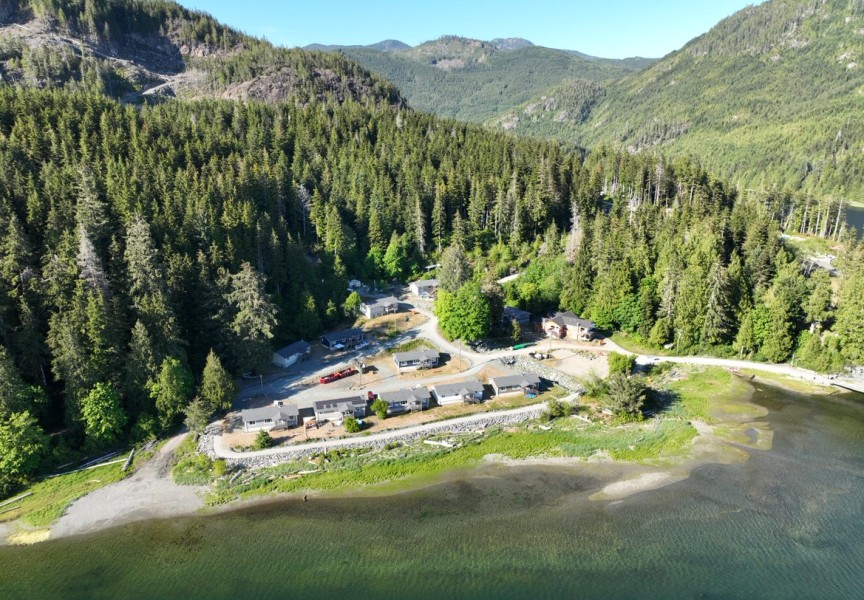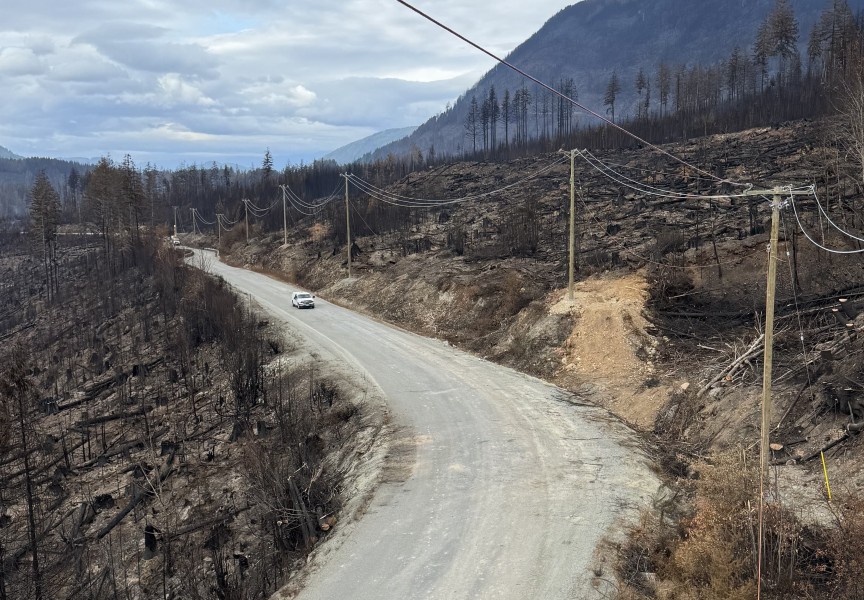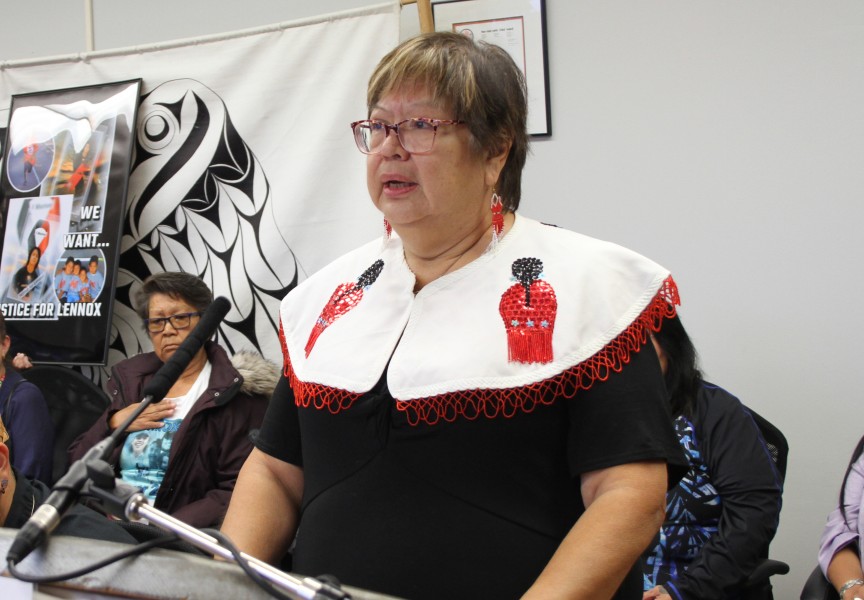With a growing community relying on aging infrastructure, Ka:'yu:'k't'h'/Che:k'tles7et'h' leaders are forced to look for alternate power sources to serve residents.
Kyuquot’s electricity comes from a privately-owned company that purchases power from the BC Hydro grid and resells it to Kyuquot. There is a single cable feeding the electricity to the village and it is at capacity.
“The old line is maxed out. It is a single-phase line and we need a three-phase line,” said Cynthia Blackstone, KCFN chief administrative officer.
Residents of Kyuquot don’t get BC Hydro bills like most people in the province. Instead, the entire village of about 200 people is a single BC Hydro customer. KCFN charges each home a flat monthly rate that may be reduced if the homeowner has power-saving features like a woodstove.
“The people pay $60 to $100 per month for electricity,” said Blackstone, while the nation pays $300,000 per year for electricity.
The flat monthly rates do not cover the First Nation’s entire electricity bill. But even if they did, the current infrastructure does not support the electricity demand.
Because upgrades to the current power supply won’t be happening anytime soon, Blackstone says her administration must look at alternatives.
Presently, the community school is outfitted with solar panels. The panels collect energy from the sun and converts it to electricity.
“On good days almost all of the electricity for the school comes from solar power,” said Blackstone.
She noted that the panels generate power even on cloudy days or on a bright, full moon.
The school building is owned by the school district, who covered the cost of solar panels at the school.
KCFN is planning for more solar panels on their public buildings, starting with a new community centre they plan to build.
Blackstone told Ha-Shilth-Sa that the existing community centre, located near the shoreline, is now being used as a food storage facility since the pandemic began.
Built in the 1980s, the center started out as a workshop but wound up becoming the community hall.
According to Blackstone, the old facility, which holds an estimated 60 to 70 people, will soon be demolished. In its place will be a small gymnasium that will also serve as a community centre. And the entire roof will be fitted with solar panels.
“We’re pretty excited about that,” said Blackstone.
She anticipates that when the centre is built, its solar panel system will create surplus energy that will be redistributed throughout the community, saving KCFN electricity costs.
They are hoping to have more solar panels installed on the clinic and KCFN administration buildings to further ease the burden on the old power line.
The cost of the new centre is being covered by a private donor to the tune of $3 million. The funds were initially donated through a foundation to be used for Kyuquot’s planned big house. Recognizing the community’s need for a gathering place, they agreed to have the funds redirected to the community center, according to Blackstone.
While Blackstone doesn’t yet know what the electricity cost savings will be, she is certain that after the return on investment, there will be substantial savings.
“The cost of electricity here is high,” she said.
Construction on the new centre is expected to start in 2022.
“We’re excited to get a new community centre, bigger than what we have,” said Blackstone.









